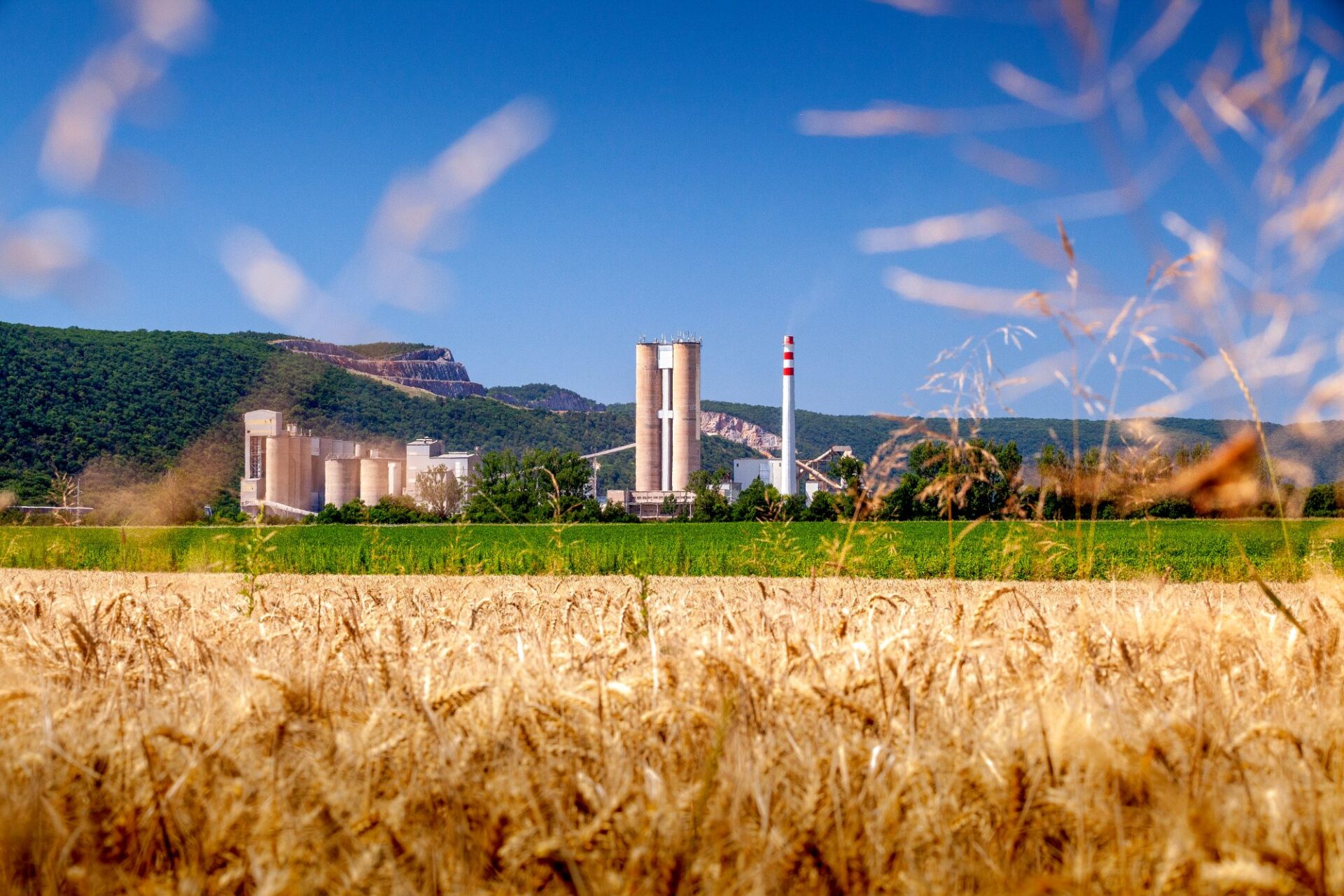It all starts with cement
As a leading producer of cement and concrete, we are fully aware of our environmental responsibility to the planet. Thanks to our new COBION technology, we are able to minimize total CO₂ emissions for any project, big or small.
Concrete is the world’s most widely used building material. It consists of cement, aggregate, water, additives and admixtures. In terms of volume, the largest portion is aggregate, but cement is the biggest contributor to the carbon footprint. Actually, 70% to 80% of the CO₂ in concrete comes from cement.

After many years of innovation and investment, Danucem is looking forward to seeing the results achieved by low CO₂ production compared to our Western European competitors. Our cement plant in Turňa nad Bodvou can now boast the lowest CO₂ per tonne of cement in Europe, possibly in the world, and the Rohožník cement plant is number 2 in the CRH group on a global scale.
Our competitors in Slovakia are not so far behind. We believe that with the launch of the Cobion brand, we will motivate the entire industry to move quicker and make even more progress in reducing the CO₂ emissions of the basic building materials that we all supply.
When it comes to concrete, now low-carbon concrete
Our goal is to offer a form of low-carbon concrete on the market where customers will not notice any difference in product parameters. Regarding concrete, this means that we can already offer low-carbon Cobion formulations for two-thirds of our current portfolio today.
We are continuously optimising manufacturing processes to reduce energy consumption and as a result, lowering the quantity of CO₂ emissions released into the atmosphere.
When it comes to low-carbon concrete, Cobion
At Danucem, we have created Cobion low-carbon concrete, an extraordinary combination of innovative technology and the trusted properties of reliable building materials.
Cobion low-carbon concrete is a better solution for sustainability in construction
The Life Cycle Assessment (LCA) analytical method is used worldwide to compare the environmental impact of commercial products, processes or services, taking into account the entire life cycle of a product or material.
The carbon footprint of concrete is expressed as GWP (Global Warming Potential) in the aggregate results. The amount of CO₂ emissions associated with concrete is given in kilograms of CO₂ per unit volume, most often per cubic meter of concrete. Alternatives to cement, such as fly ash, granulated slag, silica fly or pozzolan, can also be used in concrete production.
Danucem Slovensko a.s. offers customers a range of concrete made of low-carbon cements, which provide a reduction of CO₂ emissions by 30 to 55%.
COBION technology makes our low-carbon concrete more efficient than other competing low-carbon concrete solutions.

At Danucem, we have our own transparent CO₂ labelling system
show the amount of CO₂ emissions resulting from the production of different types of concrete. The amount of emissions varies depending on several factors, and therefore the emission footprint may also differ for the same product produced by different manufacturers.
Read more about Cobion concrete